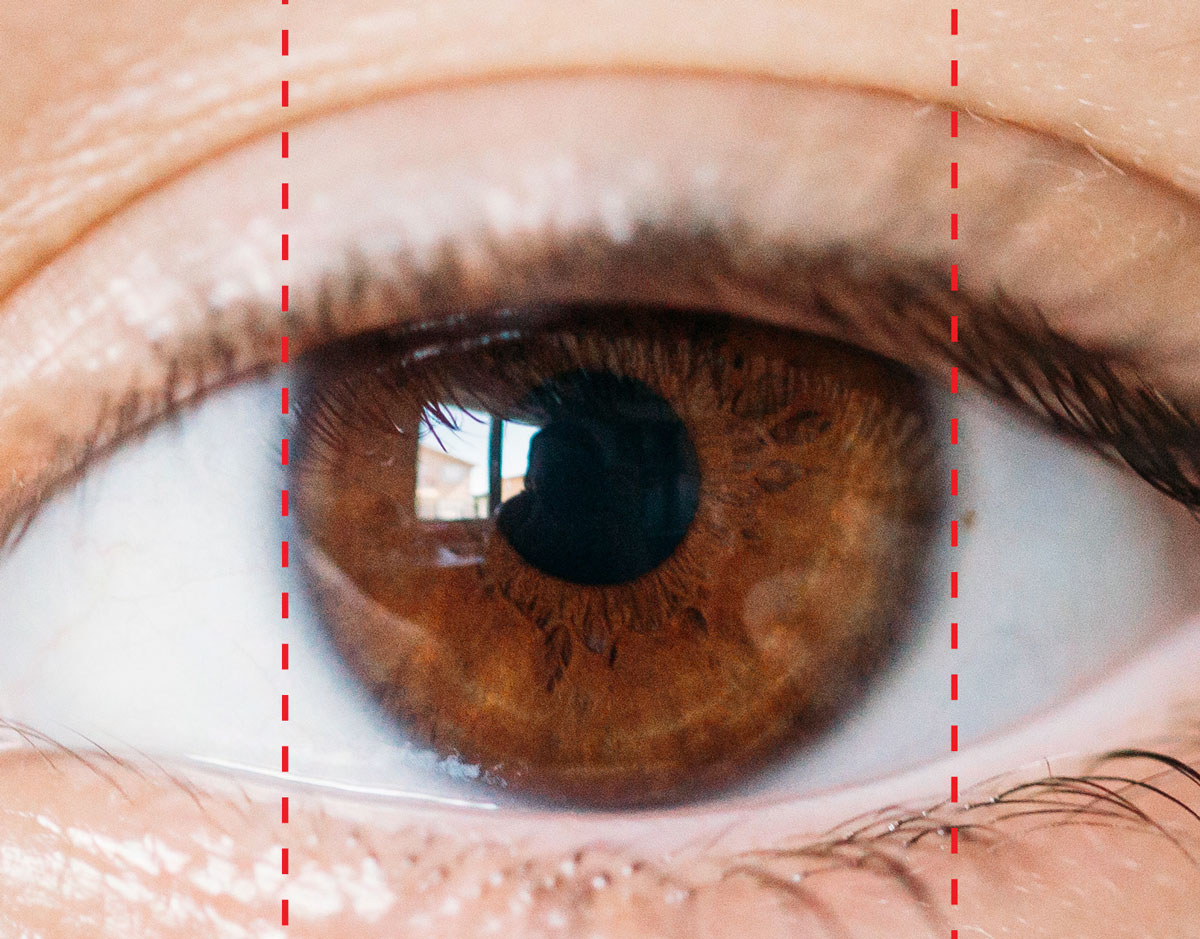 |
| Devices for measuring corneal diameter should not be used interchangeably, as this study found differences between results. Photo: Getty Images. |
Researchers recently assessed the repeatability and agreement of horizontal white-to-white (WTW) measurements on four different imaging modalities (scanning slit topography, dual rotating Scheimpflug camera with placido disc tomography, placido disc topography and optical coherence tomography) and found that while repeatability was good, there was poor agreement among the four devices.
The prospective study included 33 eyes of 33 healthy subjects. Each subject was scanned three times with the Orbscan IIz, Sirius, Nidek OPD III and DRI OCT Triton to obtain WTW measurements. They assessed repeatability using intraclass correlation coefficient (ICC) and analyzed agreement with Bland-Altman plots.
They found that the mean WTW values on the four devices were 11.76mm, 12.1mm, 12.14mm and 12.4mm, respectively. The ICC was >0.86 for the four devices, indicating high repeatability. The Sirius demonstrated the highest repeatability of the four (ICC=0.993), and the Nidek demonstrated the lowest repeatability (ICC=0.87).
The researchers reported that pairwise comparison demonstrated significant differences in mean WTW values, except between the Sirius and Nidek. The DRI OCT Triton had the highest WTW values. This was followed by the Nidek, Sirius and Orbscan. The limits of agreement were wide, falling between 0.6mm and 0.8mm.
“The exact explanation for these differences between devices is not fully understood but is most likely related to the differences in how each device locates and identifies the limbus,” the authors wrote in their paper. “These differences can be attributed to the different methodologies, optical principles and light sources used by the devices, namely, the brightness of the light source. In addition to this, the standard of an acceptable scan may differ between devices, which may subsequently influence the accuracy of WTW measurements obtained. Furthermore, although subjects were instructed to blink before each scan, variations in the acquisition time of each device may inflict different degrees of artifact from tear evaporation, corneal irregularity or head tilt, all of which may influence the WTW measurement.
“Although variability may exist among clinicians, a difference greater than or equal to 0.50mm in the WTW difference is generally considered to be significant based on implantable contact lens sizing to the nearest 0.50mm,” the authors wrote. “Based on the results of the Bland-Altman analysis, WTW measurement differences between the Orbscan IIz, Sirius, Nidek OPD III and DRI OCT Triton were both statistically and clinically significant. Although some devices agree more closely than the others, the degree of measurement variation means that they should not be used interchangeably in clinical practice.” They noted caution should be applied when comparing WTW measurements from different devices, because the differences may indicate device variability rather than true difference.
Namkung S, Boyle AB, Li Y, et al. Repeatability and agreement of horizontal corneal diameter measurements between scanning-slit topography, dual rotating Scheimpflug camera with placido disc tomography, placido disc topography, and optical coherence tomography. Cornea. 2021;00:1-6. |

